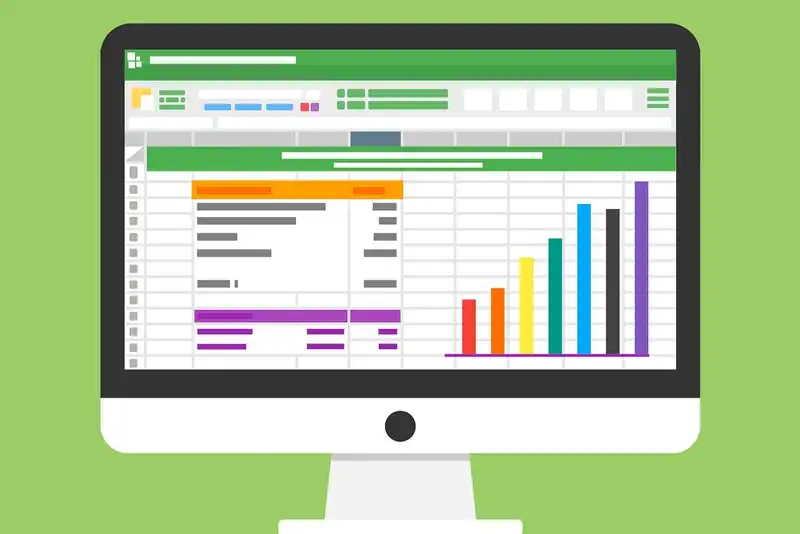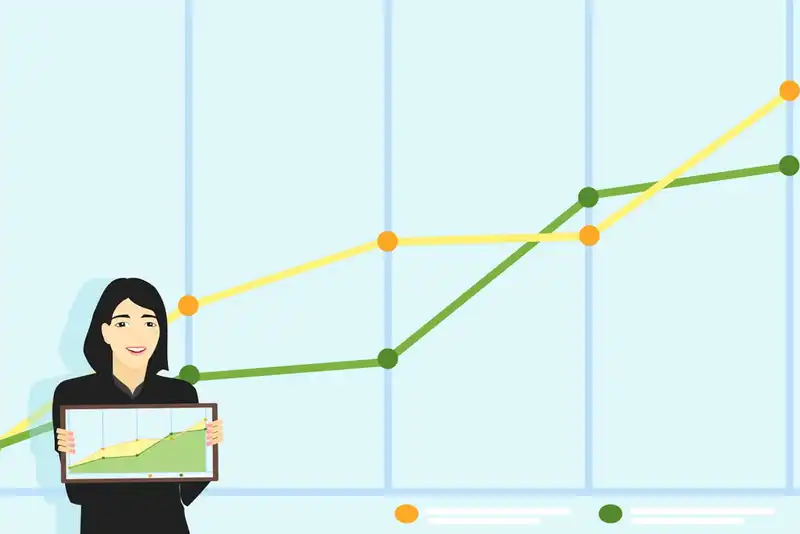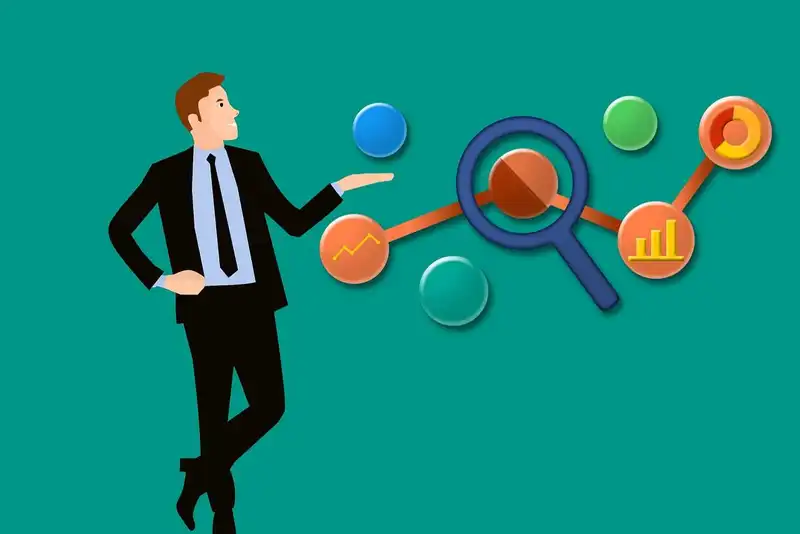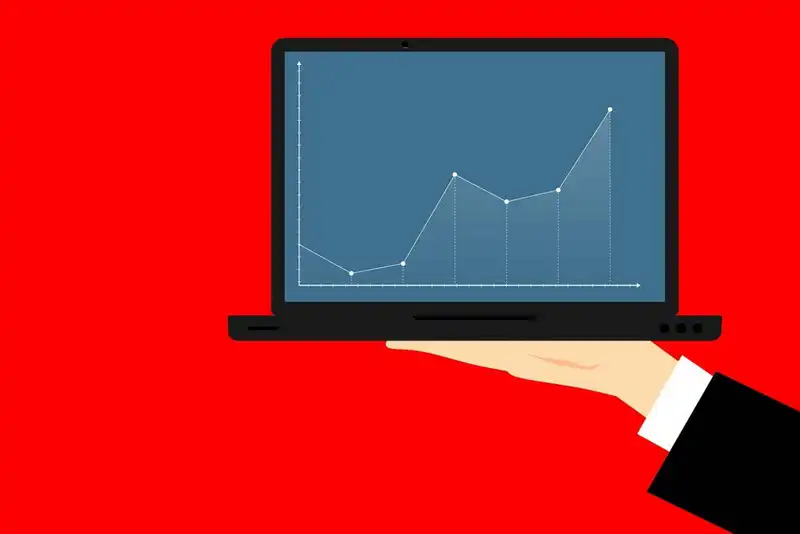A Break Down of Business Analytics
What are Business Analytics?
When a person thinks about analytics business may not immediately come to mind. However, business analytics is both a business intelligence subcomponent and a data management solution. Business analytics is a process that is increasing in its popularity due to the benefits businesses experience. Data analytics benefits business professionals varying from health care workers to computer science employees. When properly utilized business analytics can increase productivity, efficiency, and bottom line business profitability.
Methodologies utilized within business analytics include predictive analytics and data mining processes. Statistical analysis is also a prominent methodology of business analytics. The objective of these methodologies is to analyze data and translate it into actionable information. Actionable information is used to not only identify trends or outcomes but allows businesses to anticipate them. Data business analytics supplies help companies to make informed and data driven business decisions. Business analytics is useful for everything from supply chain business problems to real world information technology investments.
A business analytics dashboard generally contains a wide variety of components. Data mining is one such component that sifts through extensive datasets. The objective of data mining is to utilize statistics, databases, and machine learning in order to establish relationships. Additionally, statistics, databases, and machine learning are utilized to identify trends.
Predictive analytics is also a dashboard component that generates predictive models through the utilization of statistical techniques. Predictive analytics accomplishes this through information extraction, pattern identification, and supplying predictive scores for a variety of organizational outcomes. Data visualization is another dashboard component that supplies visual representations like graphs or charts. Data visualization makes it easier to analyze data and make informed decisions.
Due to the extensive benefits business analytics offer, they are absolutely a worthwhile investment. From accomplishing business goals efficiently to improving decision making capabilities, business analytics is increasingly considered as a necessary expenditure. As world business information technology best practices evolve business analytics allow the most successful organizations to keep up.
How is Business Analytics Used?

Commercial organizations use business analytics in a variety of ways. Typical uses of business analytics range from decision making initiatives to key performance indicator monitoring. There are 4 primary types of business analytics that all business professionals should be aware of. Depending on what benefits business professionals seek different data analytics types are utilized.
Descriptive analytics is a noteworthy business analytics type. Descriptive analytics interprets historical data and key performance indicators, also known as KPIs, in order to identify patterns and trends. The interpretation of KPIs and historical data supply business professionals with a near real time comprehensive business operations understanding. Both data mining and data aggregation are commonly utilized for descriptive analytics purposes. Descriptive analytics benefits business professionals seeking to understand customer behavior more completely. As a result, everything from best practices to profitability is enhanced in marketing strategies.
Diagnostic analytics is another business analytics type that focuses on past performance. Diagnostic analytics aim to understand what influences specific trends through data mining and other techniques. Analytics used support comprehensive understanding regarding why a trend occurred and the likelihood of its occurrence. Algorithms are then used for regression and classification.
Predictive analytics is a business analytics type that uses statistics for forecasting. This type of data analytics business professionals utilize predicts future outcomes based on historical data supplied and additional techniques. Predictive analytics supplies enhanced business intelligence in near real time for faster decision making capabilities. Predictive analytics utilizes machine learning techniques and statistical models in order to evaluate future outcomes. Predictive analytics build off descriptive analytics results in order to generate models that predict the likelihood of various potential outcomes. Predictive analytics is an especially popular business analytics type option for marketing and sales teams.
Prescriptive analytics is the final business analytics type. Prescriptive analytics utilizes historical data regarding performance in order to determine how best to handle similar future events. Prescriptive analytics goes beyond predicting outcome determinations. In fact, this type of data analytics business professionals use recommends actions for optimized results.
The Importance of Business Analytics

World business information technology is constantly evolving. Organizations need to keep up with world business best practices and information technology advancements in order to survive. As such, business analytics is directly tied to the overall success and longevity of organizations.
Big data and business analytics supply businesses with a comprehensive view of performance. Business analytics data allows organizations to understand what business processes are efficient and which require attention. When business problems are identified swiftly, business operations will more likely avoid severely damaging financial consequences. For example, supply chain business problems could be addressed quickly with business analytics, therefore, avoiding additional financial damages. Analytics business professionals are allowed access to promotes business operations optimization.
Previously, business decisions were made slowly and through a laborious process. Instead of business decisions necessitating multiple staff meetings, near real time decision making capabilities are offered by business analytics. Data driven decision making allows businesses to make informed decisions with a greater probability of positive outcomes. Business analytics is a fantastic risk management tool as risk is significantly minimized through the valuable insights business analytics generates. Organizations can make informed business decisions based on trends and performance instead of guesswork.
Business analytics also support innovation and real world business growth. By embracing change, business analytics use data to grow adjacent to concurrent world business changes. Any business analyst is aware of how important adaptability is to company success and longevity. Benefits business professionals obtain from big data and business analytics include an increased competitive advantage. Through business analytics, organizations can identify exactly what customers need or want. As a result, a higher market share presence and competitive advantage are within arms reach.
Benefits business analytics offers also extend to brand reputation and brand awareness.
Business best practices support monitoring of web or social media mentions. Internet monitoring allows businesses to craft a more purposeful brand and reputation with customers.
Advantages and Disadvantages of Business Analytics
73% of companies have invested in big data or plan to invest in big data within the upcoming two years. Big data investment increases at an average rate of 30% each year. However, under 10% of companies that have implemented big data report receiving the ROI they anticipated. As such, big data and analytics used improperly can actually damage a business bottom line. However, big data and analytics used properly offer significant business benefits. Various advantages and disadvantages of business analytics include-
Advantages of Business Analytics

Increased efficiency, actionable insights, and improved monitoring capabilities are 3 benefits business analytics offer. Analysis data insights allow organizations a comprehensive view of their business operations and performance. Historical data can identify business problems such as employee performance issues. Performance data can be shared with staff members so that they can work on improving individual areas of weakness. As a result, both real time business performance and employee productivity are positively influenced.
Efficiency is increased when employees use data to make decisions and achieve organizational objectives. Employees using data optimally to make informed decisions benefits business operations and best practices measurably. Data visualization further supports employees using data and encourages them to share their own unique insights. Access to business data and analytics tools benefits business operations including advertising and marketing departments. Business analytics give marketing and advertising departments an intimate insight into target market needs and wants. These departments can then use data to make informed real world ad campaigns.
Disadvantages of Business Analytics
A lack of communication and data quality are potential disadvantages of business analytics. An organization that utilizes outdated hierarchical information sharing business practices will likely have issues with business analytics effectiveness. A proper analytics program necessitates outstanding communication regarding data.
Low data quality is a significant issue in business analytics. Input from a well trained business analyst and data scientist can help organizations identify business problems with data quality. High quality historical data and business data should be accessible to staff members. Additionally, businesses must properly train employees in regard to data. This includes differences like analytics vs data and data analytics vs data analysis. Business school online courses offer business analytics program options for organizations to send their employees to.
The Relationship Between Business Analytics and Business Intelligence

Unfortunately, business intelligence and business analytics are oftentimes used interchangeably incorrectly. In actuality, business intelligence encompasses both data analytics and business analytics. Business intelligence is a process that collects, stores, and analyzes business operations data. Business intelligence is a powerful data management solution utilized to better understand historical data and near real time data. The objective of business intelligence is to generate actionable insights. Understanding the relationship between business intelligence and business analytics is crucial.
Similarities and Differences of Business Intelligence and Analyticsi
A significant difference between business analytics and business intelligence is the questions they aim to answer. Business intelligence answers how and what while business analytics answers why. Business analytics is predictive analytics focal while business intelligence is descriptive analytics focal. Real world application of business analytics and business intelligence is helpful to examine. For example, business intelligence identifies an increase in product sales while the reason why is determined through business analytics.
How to Manage Business Analytics for Growth

Managing business analytics properly is essential for optimal organizational growth, success, and bottom line profitability. However, even an experienced business analyst or data scientist professional can struggle to manage big data and analytics. There are various best practices that enterprise level business professionals can utilize for different business analytics purposes including for-
1. Financials
A failure to properly track financial data is the source of many business problems and failures. Key financial metrics ranging from business expenses to company revenue are crucial to a business's overall fiscal health. Business analytics supply comprehensive financial information that can also be incredibly specific. For example, various key financial metrics can be categorized by department or even by an individual employee.
2. Sales

Stellar sales metrics provide businesses with a wealth of valuable information. Business analytics can supply historical data and near real time data for everything from customer conversion to acquisition rates. Analytics benefits business sales representatives by indicating upcoming opportunities in addition to suggested actionable insights.
3. Project management
Many organizations consider project management productivity as a top priority. Benefits business analytics offer project management include task and time management monitoring. Too often, tasks are overlooked during projects, especially with many different team members working on various tasks simultaneously. Task management analytics increases accountability and encourages team members to stay on track. Task management analytics supply historical data and near real time data insights for even further optimized future project management.
Time management monitoring allows businesses to track exactly how much time is spent on each task. Accurate data analysis enables businesses to adjust project scopes and manage timeline expectations. As a result, project estimates and proposals supplied to future clients will be more accurate.
Key Takeways of Business Analytics

- Business analytics is an incredibly useful business intelligence subcomponent that offers a wide variety of benefits when properly utilized.
- The 4 types of business analytics include descriptive, predictive, diagnostic, and prescriptive analytics.
- Business analytics can optimize various business operations subsections ranging from financials to project management.
